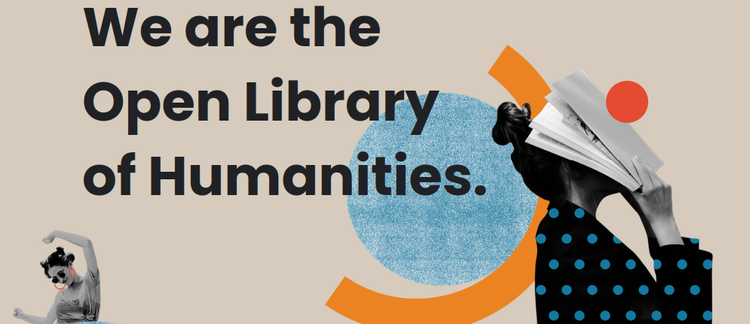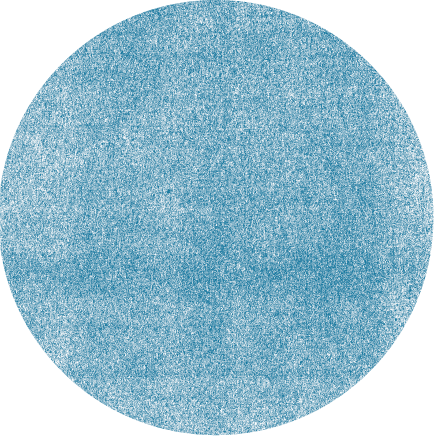The Open Library of Humanities: Year One
Posted by Martin Paul Eve on 12 September 2016



September 2016 marks the first year anniversary of the launch of the Open Library of Humanities. To celebrate, we thought we'd share some statistics about the platform and its growth!
Journals and Articles
In the first year, the OLH has hosted 909 articles across the journals that we either directly publish or that we support. This figure includes back-content migration of a large number of articles from journals joining the platform, but nonetheless constitutes a significant level of growth for the first year.
We also increased the number of journals we publish to 18, with the latest migrations underway. Indeed, the range of OLH journals that we publish or that we support is now comprised of:
- 19: Interdisciplinary Studies in the Long Nineteenth Century
- Architectural Histories
- ASIANetwork Exchange: A Journal for Asian Studies in the Liberal Arts
- C21 Literature: Journal of 21st-Century Writings
- Digital Studies/Le Champ Numerique
- Digital Medievalist
- Glossa: A Journal of General Linguistics
- Journal of British and Irish Innovative Poetry
- Laboratory Phonology: Journal of the Association for Laboratory Phonology
- Marvell Studies
- Orbit: A Journal of American Literature
- Pynchon Notes
- Studies in the Maternal
- The Comics Grid: Journal of Comics Scholarship
- The International Journal of Welsh Writing in English
- The Journal of Embodied Research
- The Journal of Portuguese Linguistics
- The Open Library of Humanities journal
With 18 journals we have become larger, in just one year, than a small university press. And all of this material is openly available, free for readers to access around the world.
Library Support and Readership
In our first year of operation just short of 200 institutional subscriptions financially supported the platform. A full list of member institutions can be found here, some of whom gave multiple contributions: https://www.openlibhums.org/about/supporting-institutions/. It would not be possible for the OLH to exist without the support of these organizations and so we extend our sincere thanks to these universities and funders but also to the individuals inside their walls who advocated on behalf of the OLH and its charitable mission to extend access to high quality humanities scholarship.
All metrics must be treated with a pinch of salt and, as a digital library (as well as a publisher), we are sceptical of measuring readers. A page view (even a unique view) can only tell us how many readers accessed the article and is clearly not indicative of whether readers read the article in detail. That said, we are pleased with the number of readers who visited the platform. Our articles were viewed 118,686 times in the first year (counting unique views). That is an average of 131 views per article, although clearly the spread is not even. We believe that this shows a substantial demand/readership for humanities research material.
By contrast, conventional subscription publishers have often defended their business models by arguing that such demand does not exist or that it can be met by on-site access, even for the public. This led to the creation of the “Access to Research” initiative in the UK. In the first 19-month pilot period of “Access to Research”, the UK national total was 89,869 searches from just 34,276 users. The 909 articles published or supported solely by the Open Library of Humanities were read by more people than a UK national-level pilot giving on-site access to vast quantities of subscription material across all disciplines. The convenience of the internet can allow humanities research to thrive.
A number of OLH articles also made press headlines. Stuart Lawson, Jonathan Gray, and Michele Mauri's piece “Opening the Black Box of Scholarly Communication Funding: A Public Data Infrastructure for Financial Flows in Academic Publishing” published in the Open Library of Humanities journal made a simultaneous appearance in The Guardian. An OLH founder, Martin Paul Eve, also put his money where his mouth is, publishing his literary research in the OLHJ “'You have to keep track of your changes': The Version Variants and Publishing History of David Mitchell's Cloud Atlas”. This latter piece of research featured in The Guardian (on its front page), in the national-level Belgian newspaper, De Standaard, and on the online literary studies website ActuaLitté, among others. Open access to humanities research encourages media interest and shows the societal value that the study of the humanities can bring.
Across our 200 supporting institutions, then, we estimate that the approximate average paid was $1,000. This works out at just $55 per journal per institution. Alternatively, this is $1.10 per institution per article. If we flip this around and focus on unique users who visited article pages, this is just $0.008 per institution per reader. And this gets cheaper as more institutions join.
Technology and Development
The OLH Labs team also been hard at work on the software-development front. CaSSius, our prototype PDF typesetter, is not yet in use but is now in a heavy phase of user testing. We hope, at some point, to migrate to use CaSSius for our day-to-day publishing activities. Meanwhile, our translation tool, annotran is almost at a first beta. We hope to give a video demonstration of this in the next fortnight.
With many thanks to all supporting institutions, authors, and readers. Here's to Year Two!
Martin and Caroline
Featured image by Christian Reusch under a CC BY-SA license.

